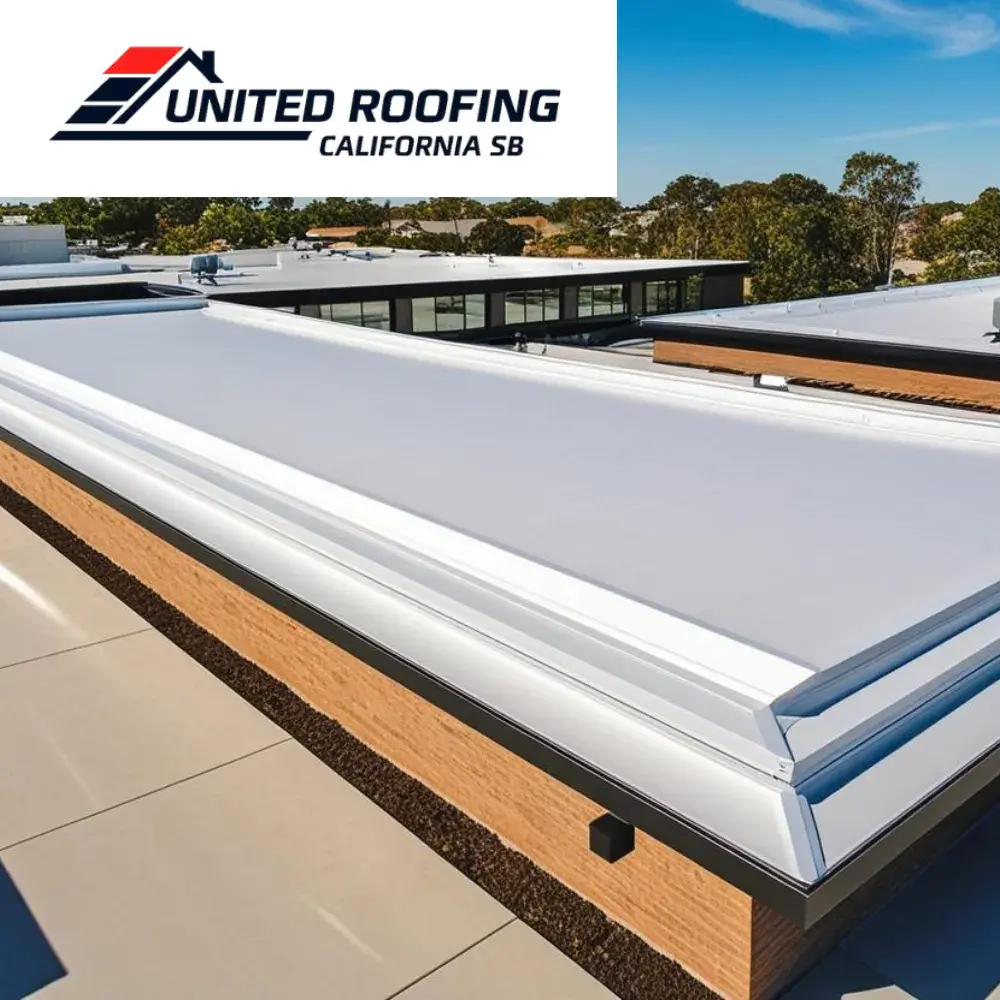Structural load analysis is one of the most crucial steps in the architectural and engineering planning process, yet it is often underestimated—especially in roofing projects. For commercial properties, the consequences of skipping or mishandling this analysis can be devastating. From premature roof failure to severe safety risks, the lack of accurate load assessment can impact not just the building’s structure, but also business operations, tenant safety, and financial stability.
The Hidden Dangers of Overlooking Load Calculations
When the structural load capacity is not thoroughly calculated, the roof may not be able to support the total weight it’s subjected to over time. This includes the weight of roofing materials, equipment like HVAC units, or unexpected live loads such as maintenance traffic or pooled water. Inadequate analysis often leads to sagging, cracks, water intrusion, and even partial collapses. For buildings operating under strict safety and occupancy regulations, these issues can result in code violations or forced closures—both of which are financially and reputationally damaging.
Code Compliance and Legal Consequences
Commercial structures are subject to rigorous building codes that require detailed documentation of structural load capacities. Failure to adhere to these standards during a commercial roofing installation or renovation can lead to fines, project delays, and potential legal action. Insurance claims may be denied if it’s proven that the building did not meet load-bearing requirements. This creates a long-term liability for property owners and facility managers who failed to invest in proper analysis and planning during the design stage.
Economic Impact of Roofing Failures
The financial repercussions of neglecting structural load analysis go far beyond repair costs. A compromised roof can damage interior assets, disrupt operations, and result in temporary business closures. In industries where uptime is critical—like healthcare, hospitality, or manufacturing—the fallout can be catastrophic. Compared to the relatively minor investment in a professional assessment, the cost of remediation and lost productivity is significantly higher. A quality commercial roofing provider will always insist on a full structural load review to help clients avoid such scenarios.
Planning for Longevity and Safety
A structurally sound roof isn’t just about today—it’s about decades of performance under all kinds of stress. Taking structural load analysis seriously during the planning and construction phases provides peace of mind for building owners, tenants, and insurers alike. With the right team and the right process, a roof becomes more than a protective shell; it transforms into a strategic asset. Prioritizing safety, compliance, and smart engineering is not just a best practice—it’s a necessity for anyone responsible for a commercial property.

